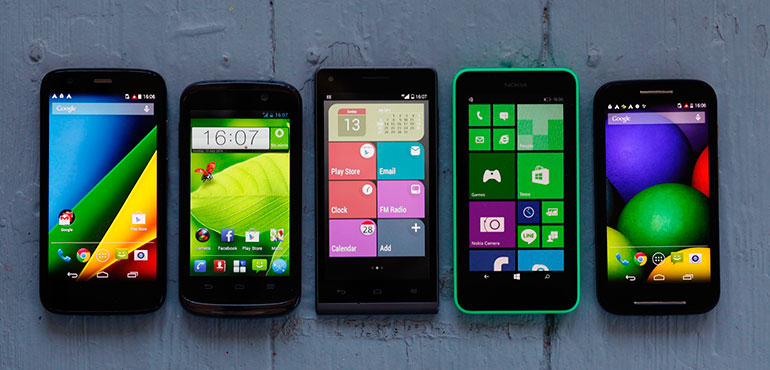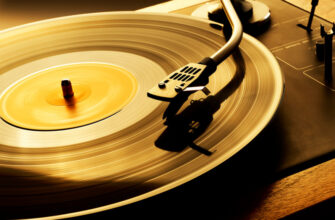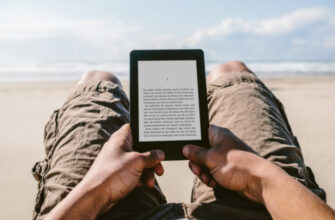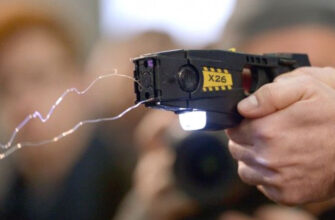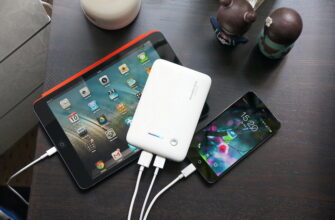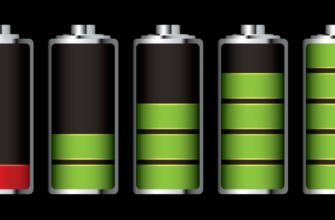When choosing an inexpensive phone, it is worth evaluating its intended use first.
- content
- How to choose an inexpensive phone: what to look for
- Types of inexpensive phones
- Push-button
- Advantages
- disadvantages
- Sensory
- Advantages
- disadvantages
- What is the best choice?
- Options for choosing inexpensive phones
- Form factor
- operating system
- Screen
- Matrix
- CPU
- Camera
- Memory
- RAM size
- Permanent memory capacity
- Battery
- How to choose an inexpensive push-button phone
- How to choose an inexpensive smartphone
- The best manufacturers of low-cost phones
- Inexpensive Samsung Phones
- Video on choosing a phone
content
- How to choose an inexpensive phone: what to look for
- Types of inexpensive phones
- What is the best choice?
- Options for choosing inexpensive phones
- How to choose an inexpensive push-button phone
- How to choose an inexpensive smartphone
- The best manufacturers of low-cost phones
- Inexpensive Samsung Phones
- Video on choosing a phone
How to choose an inexpensive phone: what to look for
The main specifications that determine the performance and capabilities of low-cost phones are:
-
Device type;
-
Form Factor;
-
Operating system;
-
Specifications (screen, camera, etc.).
It is also worth considering the differences between smartphones and directly mobile phones, since they are designed to operate in different scenarios.
Types of inexpensive phones
Mobile phones that are in the lower price range can be both actual phones and smartphones. The difference lies in the possible use cases.
-
In its most general form, a smartphone is a device for interacting with the Internet. It is convenient to view news on social networks, chat in instant messengers and by e-mail, surf the web, etc. Calls and SMS in such devices fade into the background.
-
But a mobile phone is a device for voice communication. It is convenient to call from it, it is convenient to receive calls on it … and, in general, that's all. The T9 keyboard is not very suitable for SMS, and it will be a shame to view photos taken with the camera of such a device even on the screen of the device itself.
The design differences between these classes of devices are blurred. There are both push-button smartphones (Blackberry, Nokia E and N series) and touch-sensitive mobile phones (many models from Chinese manufacturers. But for simplicity, we will assume that all mobile phones are push-button, and all smartphones are touch-sensitive. Moreover, the situation in modern market is something like this.
Push-button
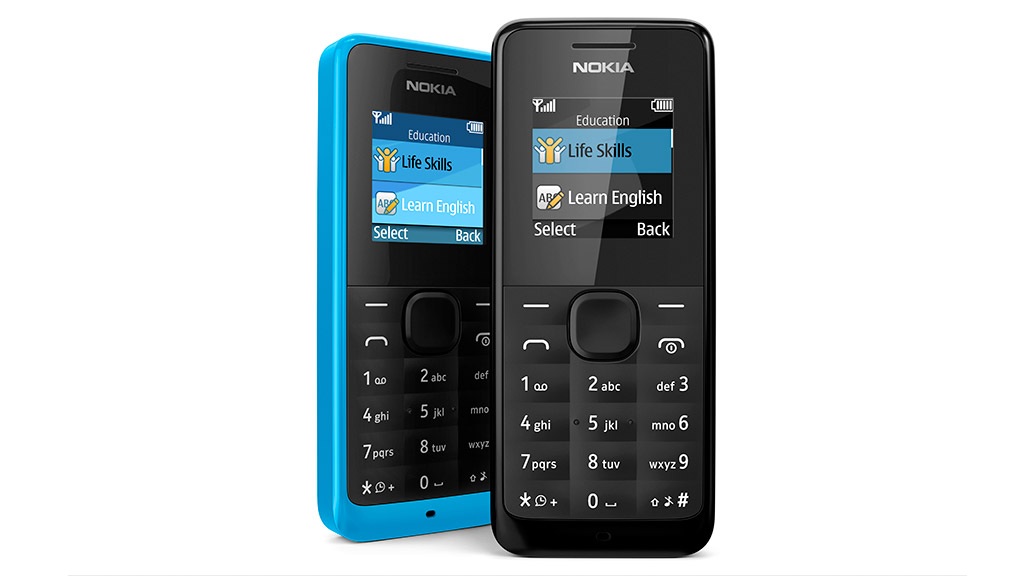
The budget segment push-button telephones are nothing more than 'dialers' – that is, they are designed to receive and make voice calls. Other functionality, such as Internet access, is either completely curtailed or presented in a very limited form. But due to the lack of additional features, they are characterized by maximum autonomy.
Such devices are the best solution for purchase by the elderly or for use away from the outlet (for example, on camping trips).
Advantages
-
Minimum price (some models cost up to 1000 rubles);
-
Good mechanical strength (not afraid of falls);
-
Maximum ease of use (suitable even for grandmothers);
-
Maximum autonomy (some models can 'live' for more than a month without recharging);
-
Adequate work with multiple SIM cards;
disadvantages
-
Limited functionality (missing or very limited Internet access, inability to install third-party applications, often lack of a camera or internal memory for storing music);
-
Inconvenience of typing messages on the T9-keyboard.
Sensory
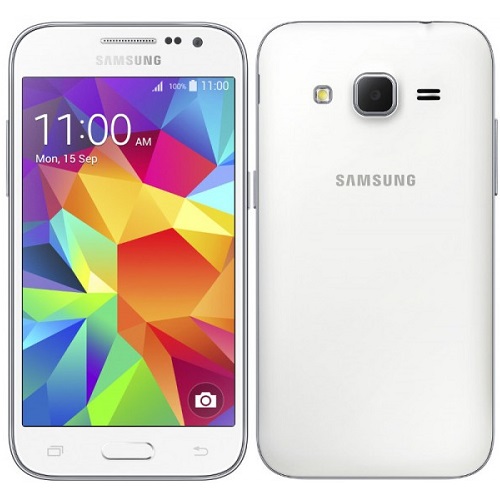
Inexpensive smartphones are a more versatile solution that suits everything from phone calls to Internet access. Unfortunately, the low cost leads to severe functionality limitations. For example, such smartphones may be equipped with a processor that is too weak or a small amount of RAM, as a result of which, after a while, they become, in principle, inoperative before flashing.
Advantages
-
Suitable for working on the Internet;
-
Well suited for communication in instant messengers or via SMS thanks to the on-screen keyboard with automatic replacement and correction of words;
-
You can install additional applications and games on them;
disadvantages
-
Insufficient optimization of the firmware, as a result of which the device may 'slow down', 'dull' and 'freeze' after some time of use (and in some cases – right out of the box ';
-
Sensitivity to falls and mechanical damage;
-
Low battery life (with the Internet on – less than 2 days, and in most cases only a few hours);
What is the best choice?

If the device is bought for an elderly relative who is undemanding to modern 'games' and messengers of a child, a tourist, etc. – it is recommended to pay attention to mobile phones.
If the device requires access to the Internet, viewing social networks, communicating in instant messengers, playing music and video, then it is better to take an inexpensive smartphone. At the same time, if the budget allows, it is better to pay attention to middle class devices. So, as of 2017, most budget smartphones are in the price range 'up to 10 thousand rubles', but a good 'average' can be purchased for 12-16 thousand. Of course, this is a little more expensive, but such a device will not slow down with every sneeze.
Options for choosing inexpensive phones
When choosing an inexpensive mobile phone, it is enough to take into account only the preferred form factor – the other parameters for such devices are approximately the same (except that the battery is important, but hardly anyone today goes on hikes longer than 1-2 weeks without a satellite phone).
But when choosing a smartphone, it is worth considering many technical characteristics that determine the performance of the device.
Form factor
Modern mobile phones come in three form factors – candy bar ('brick'), 'clamshell' and 'slider'. They do not affect functionality, mainly determining the usability.
The main practical difference between these form factors is that to end a call on a candy bar you need to press the appropriate key, but the 'clamshell' or 'slider' is just enough to close. Therefore, you can avoid accidental eavesdropping due to an incorrectly broken line.
But on the other hand, 'clamshells' and 'sliders' have less mechanical strength and can be broken with one sharp movement.
operating system
The vast majority of modern budget smartphones run an operating system Android with interface modifications (like LG and Samsung) or without them (Nokia), as well as firmware based on this 'green robot' (Xiaomi, Meizu, Huawei).
OS Android is suitable for any 'Internet operations'. Thanks to the huge application store, you can install almost any application on it – clients of streaming music services, social networks, instant messengers, web portals, games, and whatever. The only problem is that this operating system is fragmented and its old versions do not support new programs. But its current versions heavily load the components of the smartphone, as a result of which it starts to slow down.
The best solution would be to buy a smartphone with the following OS versions Android:
-
4.4 KitKat;
-
6 Marshmallow;
-
7 Nougat (but no add-ons like Samsung's TouchWiz).
!
The fewer additional 'add-ons', the better. And Android 5.0 Lollipop is poorly optimized and therefore not recommended for purchase.
Alternative operating systems – Sailfish, Nokia X OS, Nokia Asha, Samsung Tizen, Microsoft Windows Mobile – are not recommended for purchase due to the limited number of applications in the respective stores.
Screen
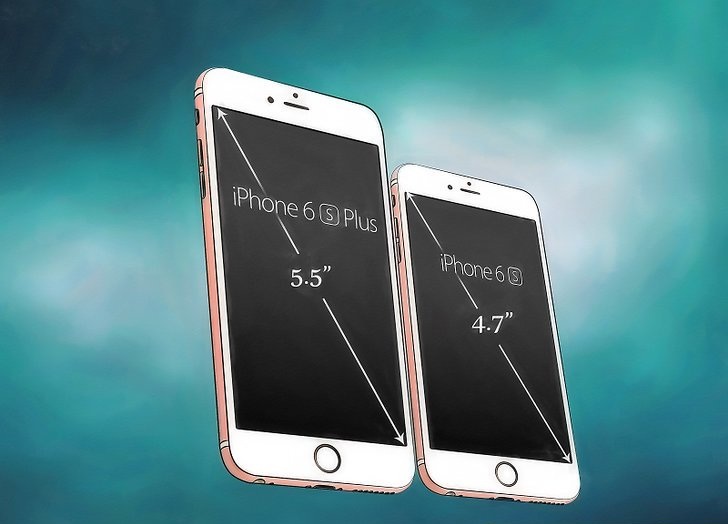
When choosing an inexpensive phone, it is advisable to pay attention to two screen parameters – its diagonal and resolution.
Diagonal is the physical size of the screen. Measured in inches from one corner to the opposite (for example, top left to bottom right). The diagonal determines the comfort of using the device. The most optimal size is 4 to 5 inches. Devices with a smaller diagonal hold too little information on the screen, and those with a larger one require two-handed operation.
But the screen resolution determines not only the amount of information on the display, but also the power consumption. The more pixels, the more it drains the battery. Therefore, devices with Full HD have a fairly short battery life – about 4 hours of active screen.
But the extremely low screen resolution is also not worth choosing. It will cause objects on the display to be too large. In addition, the very image quality on a low-resolution screen is lame on both legs.
Optimal screen resolution:
-
640×960 or similar – for 4-inch smartphones;
-
720×1280 or similar for 5-inch smartphones.
It is not advisable to buy devices with a smaller screen or significantly lower resolution. They are only suitable for calls.
Matrix
In budget smartphones, a matrix made of the IPS type or AMOLED can be used.
IPS has wide viewing angles, but it actively consumes battery power. AMOLED also boasts better color rendering (although it is far from the IGZO level, but such displays are installed only in top smartphones), as well as less resource consumption, but at the same time much more expensive and in addition to everything burns out over time .
CPU
Describing the characteristics of the processors that are used in smartphones is at least a thankless task. The performance is somehow affected by the number of cores, the clock speed of the core, the clock speed of the entire module, architecture, the governor of the operating system kernel, additional modules on the SoC, and a lot of other characteristics. But you can do it much easier. Check the release year of the processor.
!
The fresher the processor, the better its performance and lower power consumption. In addition, Qualcomm chips are always 'faster' than their counterparts from MediaTek and have a better power handling system.
.
Therefore, chips Qualcomm Snapdragon are preferable.
Camera
The minimum camera resolution required for everyday shooting is 5 megapixels. Modules with a smaller sensor will produce an image with minimal detail, as a result of which the picture will appear blurry.
It is also worth considering that some manufacturers indicate not the actual resolution of the module, but interpolated, and a 13-megapixel smartphone turns out to be 8-megapixel for verification.
Memory
Smartphones use two types of memory – operational and permanent. The first is needed for the operation of the operating system, and the second stores various photographs and other user documents.
RAM size
The minimum allowable amount of RAM in smartphones in 2017 is 1 GB. With a lower value of this indicator, the device will blunt and slow down. Optimally 2 GB, if possible, you should take a smartphone with 3-4 GB.
Permanent memory capacity
The minimum permissible amount of permanent memory in smartphones in 2017 is 8 GB. Because 2.5 GB of them will be taken up by the operating system right out of the box, and the rest will be clogged with various applications very, very quickly.
Better, of course, 16 GB or more.
It is also worth considering that expanding the internal memory by installing a flash drive will not work. Applications will not be installed on it anyway. The flash drive is suitable for storing photos, music and movies.
Battery
The larger it is, the longer the device will live on one charge. For budget smartphones, the minimum battery capacity is 1800 mAh. Devices with a smaller battery are pointless to buy.
How to choose an inexpensive push-button phone
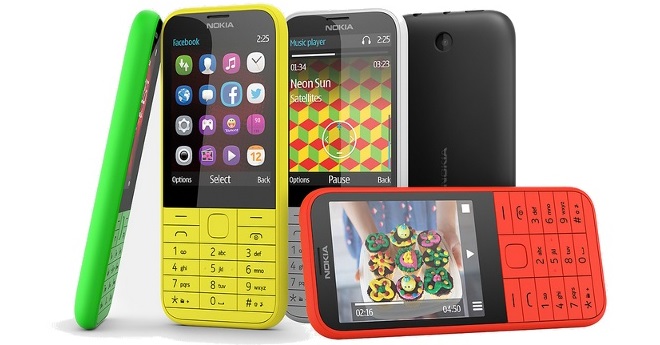
When choosing a push-button phone of a budget class, it is worth starting from the following parameters:
-
Number of SIM-cards (two are more than enough);
-
Display (better black and white than color – better readability under the sun or in difficult conditions);
-
Ergonomics (how it lies in the hand, how comfortable it is to press buttons);
-
Battery capacity (the more the better).
Depending on your own needs, you can also pay attention to the presence Bluetooth, headphone or headset jack, memory card slot and other parameters.
How to choose an inexpensive smartphone
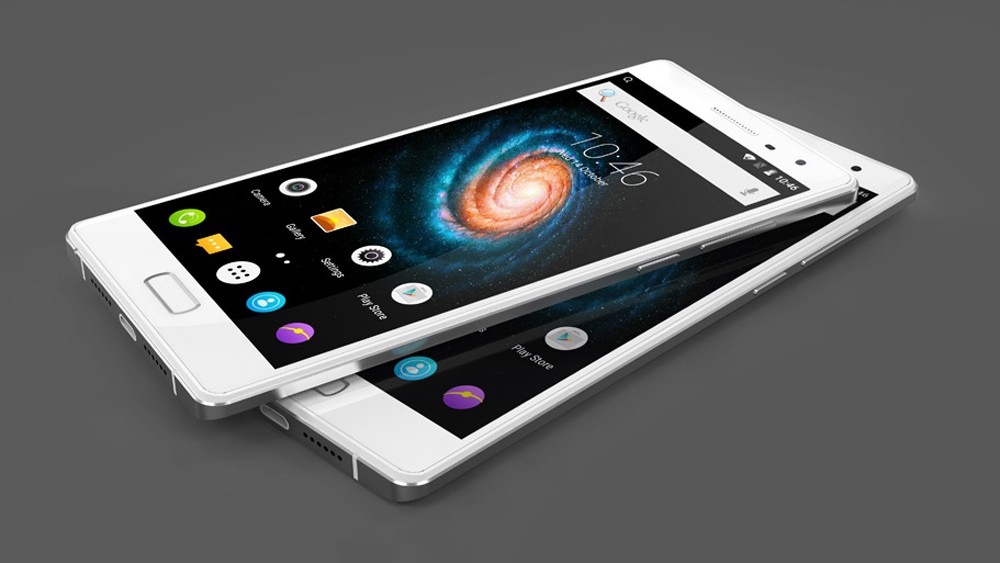
When choosing an inexpensive smartphone, you should pay attention to the following parameters:
-
Operating system (preferably one of the above);
-
The amount of permanent and random access memory;
-
Other specifications;
-
Battery capacity;
-
Manufacturer.
The manufacturer is very important. So, for example, budget smartphones Xiaomi are more durable and practical than models Doogee from the same price range.
The best manufacturers of low-cost phones
In 2017, the best manufacturers of budget phones and smartphones are:
-
Nokia, Fly, Texet (specifically mobile phones, not smartphones);
-
Nokia;
-
Huawei;
-
LG;
-
Xiaomi;
-
Sony;
-
Meizu.
Samsung can also be mentioned, but it is better known for its mid-price and flagship segments. 'Successful' budget devices from this manufacturer are rare.
Inexpensive Samsung Phones
Speaking about Samsung, we can mention the following devices that can be used today without much brakes and other troubles:
-
The J series is an ultra-budget line, in which there are smartphones at a price of several thousand rubles (and more specifically, the J1 costs about 5000-6000). For purchase, the best models are J1 Mini Prime, J1, J2 Prime, J3, J5, J7;
-
Series A – a line of devices in the budget and mid-price segment. Any smartphones from this series are suitable for purchase.
Even the same smartphone models can have different prices. The price is influenced by the color of the case, the configuration (Mini, regular or Prime), the amount of permanent memory and many other parameters. Therefore, when choosing a smartphone, you should pay attention to the technical characteristics of the device.
In the following articles, our experts will tell you how to choose a quadrocopter, the secrets of choosing an MP3 player and the main factors in choosing a voice recorder.
Video on choosing a phone
Attention! This material is the subjective opinion of the authors of the project and is not a purchase guide.


